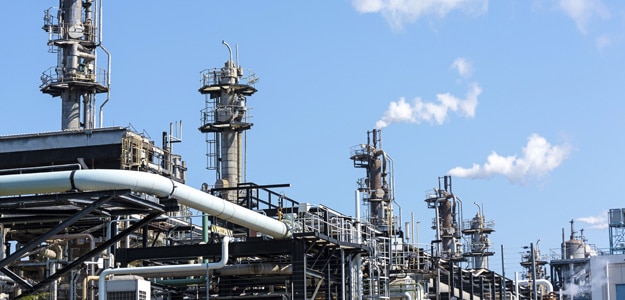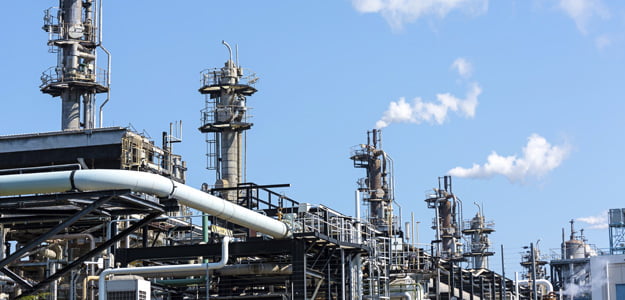
Beijing/Tokyo: manufacturing facility pastime in Asia failed to speed up in may also as the region‘s export-pushed groups struggled for brand new orders in a sluggish worldwide economy, surveysreleased on Wednesday showed.
Output in China, the sector‘s 2d largest economy, slightly stepped forward from a month earlier, at the same time as Japan, the 1/3 biggest, reduced in size as manufacturing was still improving from earthquakes that struck in April.
“The photograph is pretty muted in Asia, each in terms of exports and manufacturing facility pastime,”said Su Sian Lim, Southeast Asia economist at HSBC in Singapore.
although it was the 0.33 immediately month of development, China’s legitimate shopping Managers’ Index (PMI) was most effective fractionally above superb at 50.1 in may additionally. The survey alsorevealed new orders slowed and export orders stalled.
The non-public Caixin/Markit manufacturing shopping Managers’ index, specializing in smallercorporations, made even sorrier studying for global companies reliant on China’s large marketplace foreverything from client items, to automobiles and commodities. It showed situations deteriorated for afifteenth straight month.
China posted monetary increase of 6.7 percent in the first area – its slowest because 2009, and there are nagging doubts about the authorities‘ potential to engineer a turnaround with out fuelling debt.
whereas speculation has hardened in latest weeks that the Federal Reserve will increase hobby prices at a policy meeting on June 14-15, some Fed policymakers have stated they continue to be involved aboutuncertainties in China and a probable British go out from the ecu Union in a vote later this month.
“Globally increase continues to be slow, so while the Fed is maintaining an eye on inflation inside theU.S. we do not believe policy makers will hike costs in June,” Lim stated.
an article in the humans‘s daily last month sparked speculation that Beijing is transferring to a extracareful coverage stance.
“latest PMI determine regulations out the possibility of drawing close vast–primarily based economicpolicy easing” in China, ANZ economists said in a be aware to customers.
In Japan, factories grappling to recover from the earthquakes inside the southern production hub of Kumamoto have been also knocked through a sharp contraction in outside call for.
That confirmed up inside the Markit/Nikkei Japan PMI, which fell to 47.7 in might also on a seasonally adjusted foundation – the fastest contraction in 3 years – from 48.2 in April.
The yen’s recovery to an 18-month excessive in opposition to the dollar remaining month hasadditionally clouded the outlook for Japan’s exporters.
And the fragility of domestic call for is predicted to pressure high Minister Shinzo Abe to announceafterward Wednesday a delay a deliberate income tax growth.
earnings compelled
elsewhere in Asia, situations were patchy at great.
Even in India, the arena‘s fastest growing large economic system, manufacturing pastime improved at a tepid tempo as output boom softened for the second one month in a row.
South Korea’s manufacturing hobby stepped forward slightly closing month, with the Nikkei/Markit PMI at 50.1 from 50.zero in April, with new export orders up a little. greater alarmingly, separate data confirmedSouth Korea’s exports all of sudden fell 6.0 percent remaining month with shipments to China, its largestconsumer, contracting 9.1 percent on-12 months.
In Taiwan manufacturing hobby deteriorated for the second one month in a row with new orders falling at their fastest pace in 3 months.
Analysts say weak global demand will continue to pressure corporate earnings and overall monetarypastime in the vicinity.
“earnings boom has peaked out, because (jap) companies are no longer cashing in on a vulnerableyen. If earnings hold to fall, agencies should placed the brakes on capex,” Hiroaki Muto, economist at Tokai Tokyo research middle, stated.
Australia, as a minimum, was faring higher, with facts released earlier in the day showing the financial system accelerating at its fastest annual tempo in three years within the first region.
“looking ahead, whilst we assume a modest improvement in international demand to help Asianmanufacturing in the coming quarters, the tempo of recovery is probable to be slow,” said Krystal Tan, Asia economists at Capital Economics.




